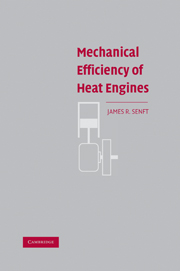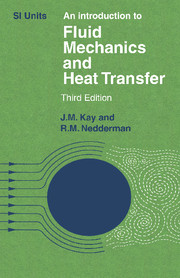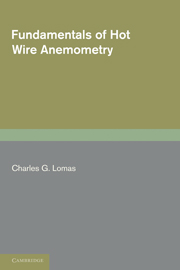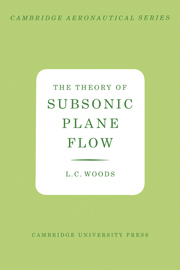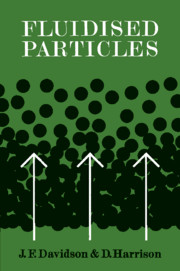Mechanical Efficiency of Heat Engines
This 2007 book presents a developed general conceptual and basic quantitative analysis as well as the theory of mechanical efficiency of heat engines that a level of ideality and generality compatible with the treatment given to thermal efficiency in classical thermodynamics. This yields broad bearing results concerning the overall cyclic conversion of heat into usable mechanical energy. The work reveals intrinsic limits on the overall performance of reciprocating heat engines. The theory describes the general effects of parameters such as compression ratio and external or buffer pressure on engine output. It also provides rational explanations of certain operational characteristics such as how engines generally behave when supercharged or pressurized. The results also identify optimum geometric configurations for engines operating in various regimes from isothermal to adiabatic and are extended to cover multi-workspace engines and heat pumps. Limited heat transfer due to finite-time effects have also been incorporated into the work.
Product details
October 2007Adobe eBook Reader
9780511332173
0 pages
0kg
This ISBN is for an eBook version which is distributed on our behalf by a third party.
Table of Contents
- Preface
- 1. Energy transfers in cyclic heat engines
- 2. Mechanism effectiveness and mechanical efficiency
- 3. General efficiency limits
- 4. Compression ratio and shaft work
- 5. Pressurization effects
- 6. Charge effects in ideal stirling engines
- 7. Crossley–Stirling engines
- 8. Generalized engine cycles and variable buffer pressure
- 9. Multi-workspace engines and heat pumps
- 10. Optimum stirling engine geometry
- 11. Heat transfer effects
- Appendices
- References
- Index.

